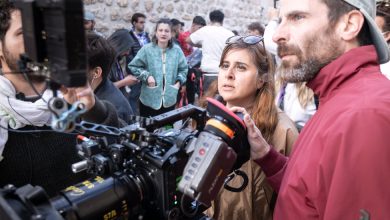At SFMOMA, Disability Artwork Makes History

In 1974, Florence Ludins-Katz and Elias Katz — she an artist, he a psychologist — turned the garage of their Berkeley home into an art studio for adults with developmental disabilities. Across California at that time, people with a range of disabilities were being deinstitutionalized, with little provision made for them after their release. The Katzes viewed art-making as a pathway not only to personal fulfillment for disabled people, but also to their integration into a society that valued their work.
Half a century on, Creative Growth — as the iconoclastic and influential studio in Oakland was named — is celebrating its 50th anniversary with an exhibition, “Creative Growth: The House That Art Built,” at the San Francisco Museum of Modern Art.
The exhibition draws from SFMOMA’s half-million-dollar acquisition of more than 100 Creative Growth artworks, the largest purchase by any American museum of the work of disabled artists. The museum acquired 43 more pieces from Creative Growth’s sister organizations in California, also founded by the Katzes: Creativity Explored in San Francisco and NIAD (Nurturing Independence Through Artistic Development) in Richmond.

Jordan King, foreground, and other artists working in a studio space at Creative Growth.Credit…Cayce Clifford for The New York Times
Time was when such work would have been siloed in collections of “Outsider Art” or folk art. Over the past decade, however, it has been increasingly common to see art by developmentally disabled artists integrated, without contextual fanfare, into group shows or biennials. Cultural institutions, from the Museum of Modern Art to the Brooklyn Museum, have occasionally acquired examples of such work, although it is seldom exhibited except in special displays.
What is happening at SFMOMA is different. The acquisition is part of a partnership with Creative Growth through which the museum, led since 2022 by the director Christopher Bedford, pledges to introduce more art by developmentally disabled people from the three Bay Area organizations into its collection displays, and consequently into the canon of modernist art history.





